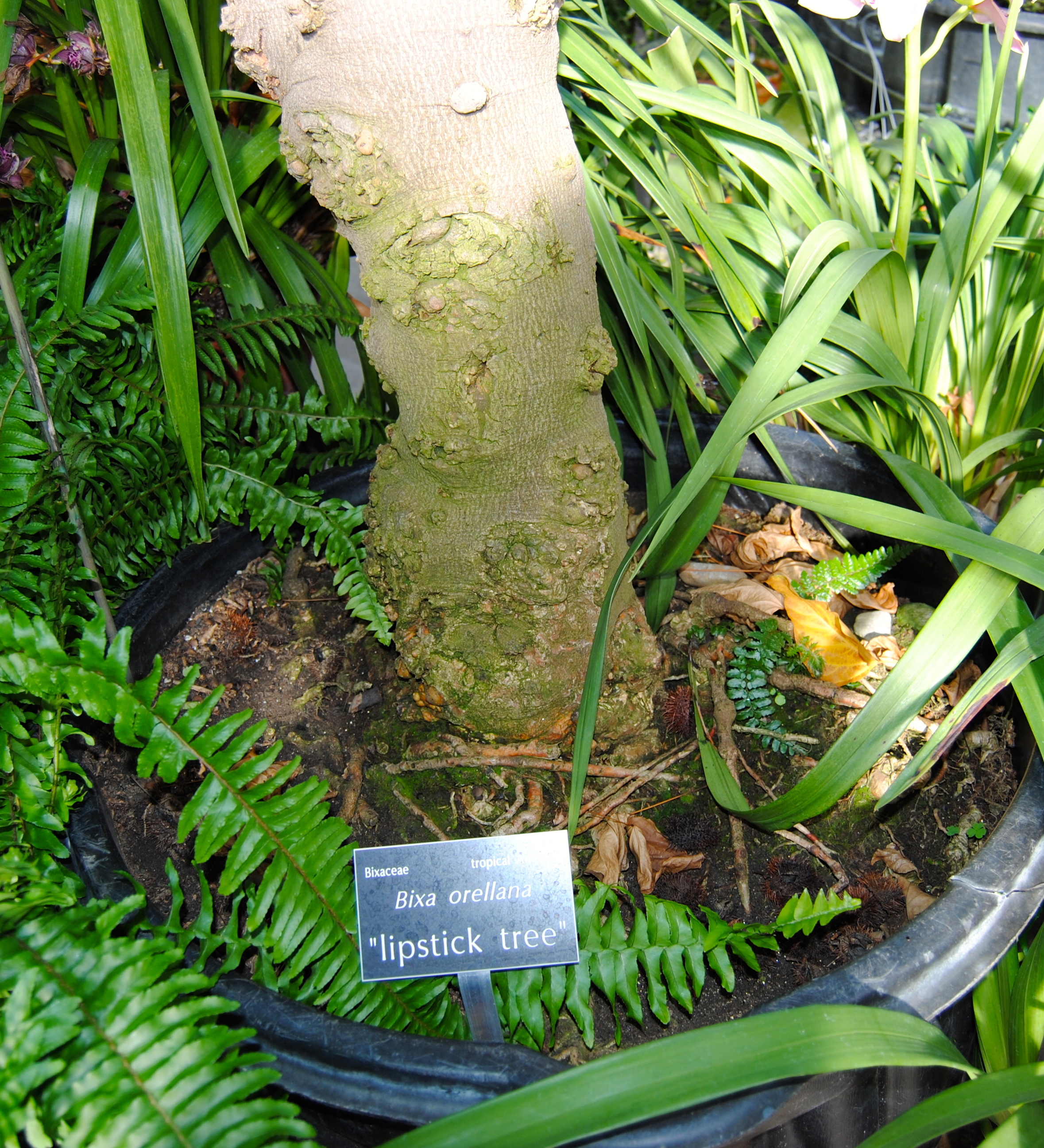Lipstick Tree : Bixa as a Market Crop
Some argue that Bixa orellana should be used more broadly as a commercial crop. Due to its many practical uses, particularly its use as a dye, Annatto has been, and continues to be, in high demand. In 1990 it was estimated that 10,000 tons of annatto seed were exported per year with Brazil being the largest exporter. Though the tree is often planted as an ornamental, many farmers in tropical regions plant it as a market crop. However, according to the Department of Agriculture, it is commonly grown in backyard gardens and without the proper tools. Farmers from the province of Abra in the Philippines are an example of a group that does this. The farmers there have been able to make a good living even without using the optimal technology. It is estimated that a crop of 625 plants per hectare will yield about 1.5 tons of usable material, which could yield a profit of over forty-three thousand dollars! The Lipstick tree is ideal for this type of large-scale production because it does not require much care in the way of fertilizers, pesticides or irrigation, and after it has been planted one can simply wait for the profits. In climates where achiote can be produced on a large scale (such as in Central America or the Philippines) farmers are often limited to producing staple crops such as rice and beans and do not make a lot of money. It is believed by many that systems should be put in place to make Bixa orellana a commercial crop on a large scale in areas where it would yield substantial profits for farmers and their countries. Those in favor of Bixa orellana crop production also argue that it is a natural coloring agent which if mass-produced could help to reduce the overabundance of chemical dying agents in our environment. There are many uses for Annatto that make it a valuable crop for anyone who has the means to produce and export it.

